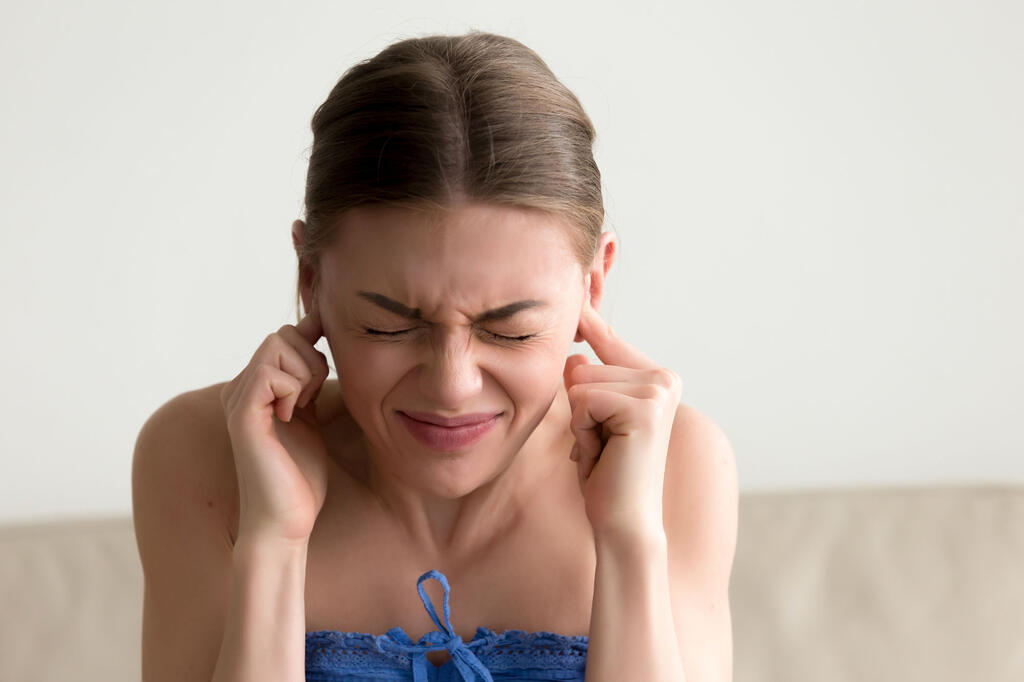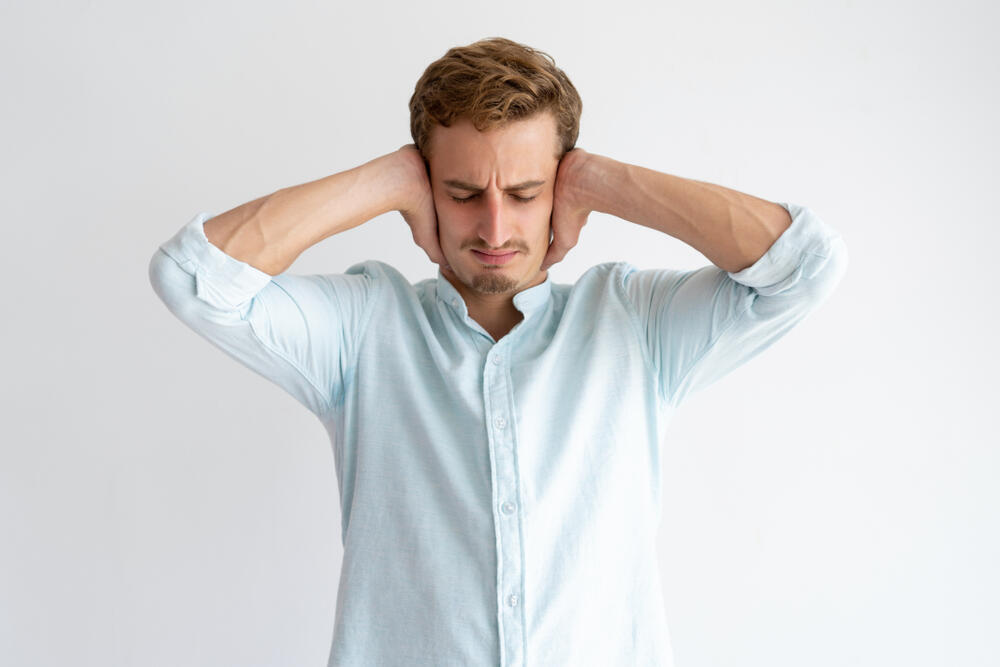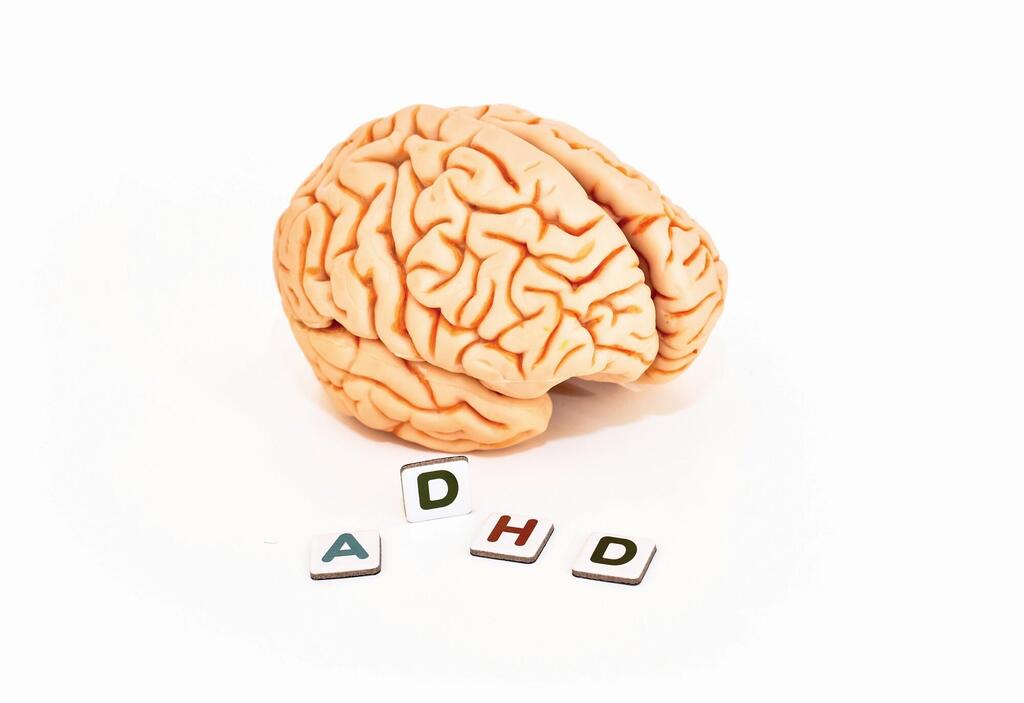Getting your Trinity Audio player ready...
1. Misophonia: A neurological disorder
Misophonia is a neurophysiological condition in which individuals experience intense negative emotions such as disgust, irritation and anger when exposed to certain sounds, such as dripping water, ticking clocks or chewing noises.
The term originates from ancient Greek, meaning "hatred of sound." It is also referred to as Selective Sound Sensitivity Syndrome. The term was first coined by neuroscientist Pawel Jastreboff in 2001, who described the symptoms of decreased sound tolerance in his research.
While it remains a relatively new condition with limited scientific studies, it is not yet officially recognized in the current edition of the Diagnostic and Statistical Manual of Mental Disorders (DSM-5). However, growing voices within the medical community advocate for its inclusion in future editions under the category of Obsessive-Compulsive and Related Disorders.
2. Common triggers for misophonia
The list of sounds that can trigger misophonia is nearly endless. In theory, any sound can provoke the condition. However, studies have identified the most common triggers as oral noises such as deep breathing, throat clearing, chewing, swallowing, slurping soup and cracking seeds. Other frequent triggers include finger snapping, sniffing, keyboard tapping, chalk scraping on a board, a fork scraping a plate, nail clipping or filing and even birds chirping, frogs croaking or a baby crying.
3. Visual triggers can also affect people with misophonia
According to the International Misophonia Research Network (IMRN), repetitive visual stimuli, such as someone nervously shaking their leg, touching their hair or windshield wiper movements in a car, can elicit the same reactions as auditory triggers.
People with misophonia perceive these repetitive movements as a threat, activating their "fight or flight" response, which manifests in physical symptoms such as sweating, increased heart rate and rapid breathing, alongside feelings of panic and the urge to escape the situation.
4. Causes of misophonia still unclear
The exact causes of misophonia remain unknown, but it is believed to result from a combination of factors, such as differences in brain structure, family history or genetics or an early experience of sound linked to an overwhelming negative emotional response.
5. Severity varies, leading to a range of reactions
Misophonia symptoms range from mild discomfort and irritation to full-blown anxiety, anger or even aggression. The more severe the condition, the greater the impact on quality of life and mental well-being. For instance, someone with a strong aversion to chewing sounds might avoid social meals or dining out entirely. In extreme cases, specific noises can lead individuals to move homes, end relationships, or change jobs.
6. Typically develops in early adolescence
Misophonia usually begins between the ages of 9 and 12, and it is more common in women, who also tend to report more severe symptoms. The first trigger often comes from a parent or family member, but new triggers can emerge over time.
7. New study shows many Britons suffer from misophonia
A recent study published in the journal PloS One found that 18% of Britons experience sound sensitivity that significantly affects their quality of life. Researchers from King's College London and the University of Oxford used a questionnaire to assess the severity and complexity of misophonia among a sample of 772 individuals representing the general UK population.
8. Misophonia is more prevalent among those with mental and neurological disorders
Conditions like OCD, anxiety disorders, Tourette syndrome, tinnitus, PTSD and even ADHD have shown higher rates of misophonia. The exact explanation for these links remains unclear.
9. Misophonia sufferers don't react to self-generated trigger sounds
Interestingly, individuals with misophonia often find that when they produce the trigger sound themselves, it doesn’t cause distress and may even provide relief. For example, someone bothered by others chewing gum might find it soothing when they chew gum.
10. Misophonia's 'Cousin' is Hyperacusis (heightened sensitivity to sound)
Both involve sensitivity to ordinary sounds and a flood of negative emotions, but hyperacusis usually develops after age 40 and is often linked to issues with the respiratory or balance systems. It can also cause severe ear pain and be associated with tinnitus, phonophobia or even misophonia.
11. Misophonia linked to brain areas governing emotions
A 2019 study published in Nature found that misophonia may be triggered by auditory cues that are over-processed by the brain, particularly regions responsible for long-term memory, fear, and other emotions. The researchers suggested these brain regions play a key role in the disorder.
12. No official treatment exists yet, but several strategies can help manage symptoms
Various techniques can help individuals better cope with triggers. These include earplugs, sound masking with music, sound therapy, targeted psychological therapy (CBT), and, in some cases, antidepressants or anti-anxiety medications.
Professional Consultation: Dr. Oren Tene, psychiatrist and director of Mentalix Institute for Mental Health





